You searched for: 外貿如何推廣產品【TG飞机:@bapingseo】波黑谷歌引流【TG电报:@bapingseo】韓國谷歌信息流【Telegram:@bapingseo】玫玖棋牌万和城彩票注册平台亚博体育的技术怎么样注册送58彩金100可提现?3kHMGR/Du6rbS.html
<< Previous | Displaying results 101-110 of 381 for "外貿如何推廣產品【TG飞机:@bapingseo】波黑谷歌引流【TG电报:@bapingseo】韓國谷歌信息流【Telegram:@bapingseo】玫玖棋牌万和城彩票注册平台亚博体育的技术怎么样注册送58彩金100可提现?3kHMGR/Du6rbS.html" | Next >>
-
Grafeneck T4 Facility
ArticleThe Grafeneck T4 Center was the first centralized killing center to be established by German authorities within the context of the Nazi “euthanasia,” or T4, program.
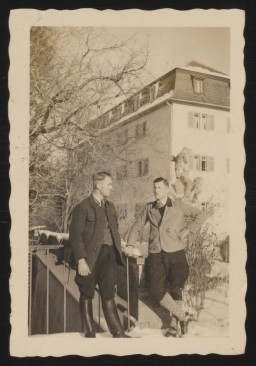
-
Anna Pfeffer
ID CardAnna, affectionately known as Aennchen to her family, was the daughter of non-religious German-Jewish parents. Her father died when she was young and Anna was raised in the town of Bruchsal by her impoverished mother. Anna married a well-to-do, older gentleman in 1905 and moved to the fashionable city of Duesseldorf, where he was a department store manager. By 1933 they had two grown sons. 1933-39: The Pfeffer's comfortable life unraveled after the Nazis came to power. The Nazis arrested Anna's brother…
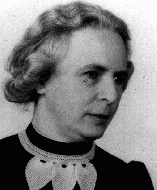
-
Mojsze Kisielnicki
ID CardMojsze, his wife Raizel and their three children lived 35 miles east of Warsaw in the small, predominantly Jewish town of Kaluszyn. Mojsze had gone to Jewish schools and supported Zionist ideals. By the early 1930s, he owned a wholesale grocery store, a restaurant and a gas station, all of which were located on the heavily traveled main road. 1933-39: Mojsze is at the World's Fair in Paris with his sister, Ruchel. She immigrated here in the 1920s with her husband, who owns a successful tailor shop. When…
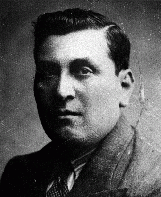
-
Jewish armed resistance in ghettos and camps, 1941-1944
MapBetween 1941 and 1943, underground resistance movements developed in about 100 Jewish ghettos in Nazi-occupied eastern Europe. Their main goals were to organize uprisings, break out of the ghettos, and join partisan units in the fight against the Germans. The Jews knew that uprisings would not stop the Germans and that only a handful of fighters would succeed in escaping to join with partisans. Still, Jews made the decision to resist. Further, under the most adverse conditions, Jewish prisoners succeeded…

-
German Rule in Occupied Europe
ArticleThroughout the 1930s and 40s, Nazi Germany invaded much of Eastern and Western Europe. Learn more about German rule in occupied territories.
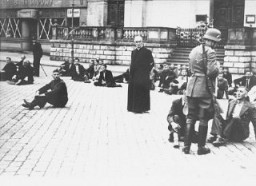
-
Sobibor Uprising
ArticleUnder the most adverse conditions, Jewish prisoners initiated resistance and uprisings in some Nazi camps, including the Sobibor killing center.

-
Sobibor Uprising
Timeline EventOctober 14, 1943. On this date, Jewish prisoners started an uprising at the Sobibor killing center, which Selma Wijnberg and Chaim Engel escaped.
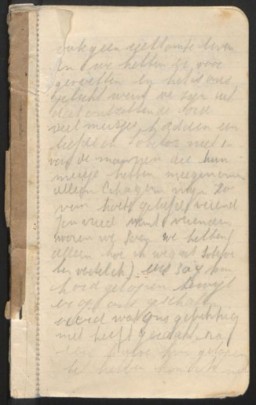
-
Jesse Owens Competes in Olympic Games
Timeline EventAugust 3, 1936. On this date, Jesse Owens won a gold medal in the 100-meter dash at the 1936 Olympic Games in Berlin.
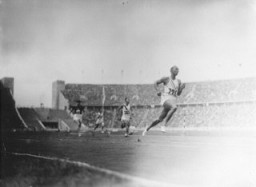
-
Italy
ArticleItaly was home to one of the oldest Jewish communities in Europe. It was also a member of the Axis alliance with Nazi Germany. Learn about Italy during WWII and the Holocaust.

-
Elie Wiesel
ArticleElie Wiesel was a human rights activist, author, and teacher who reflected on his experience during the Holocaust in more than 40 books. Learn more.

